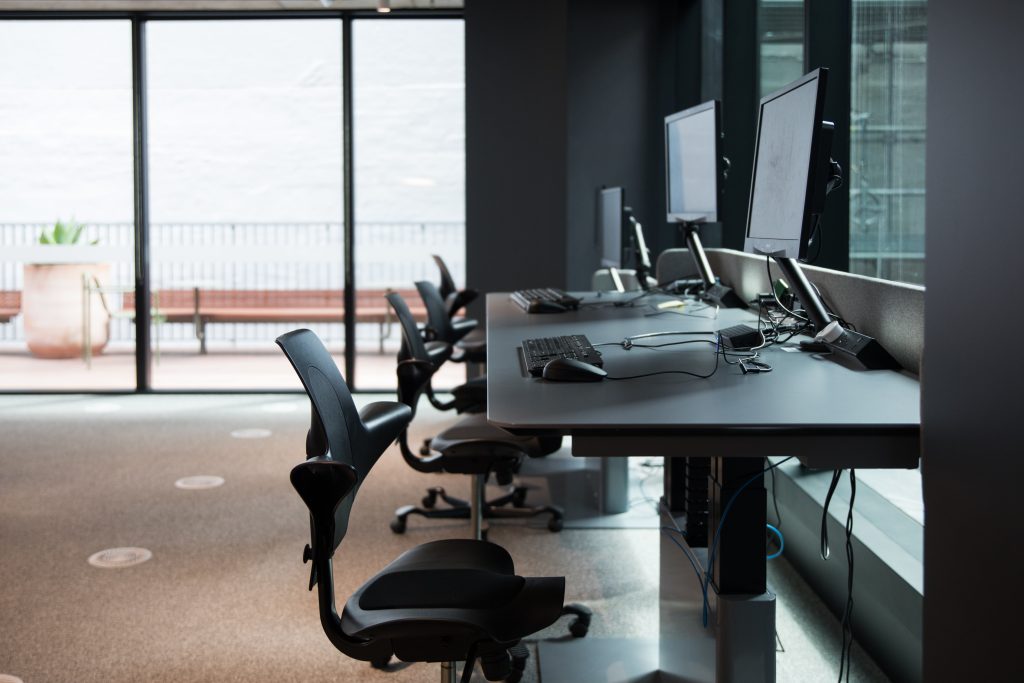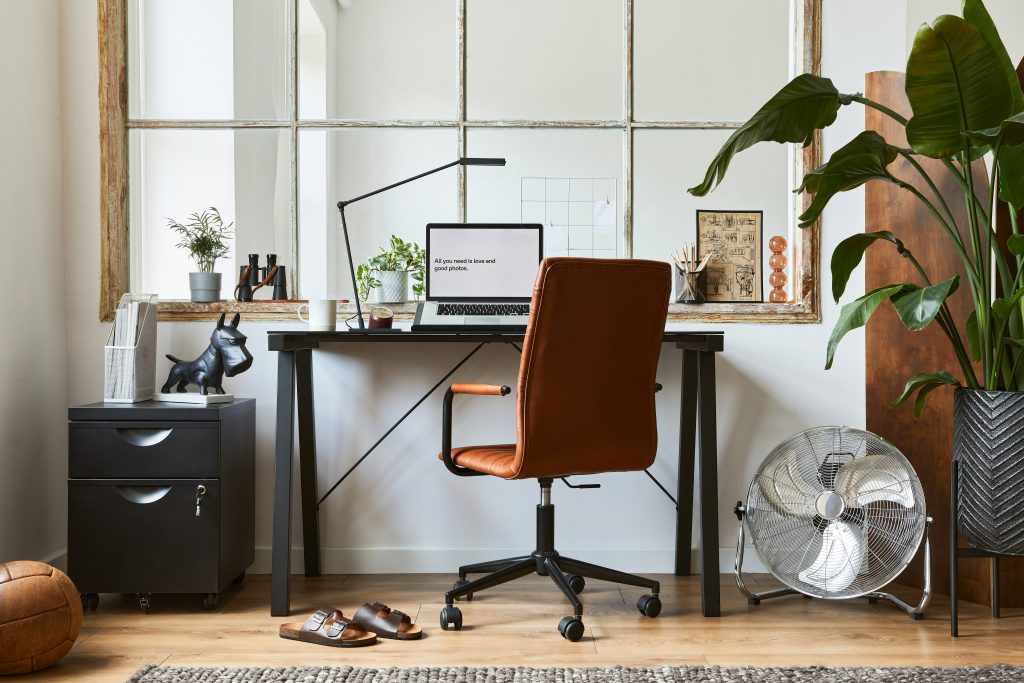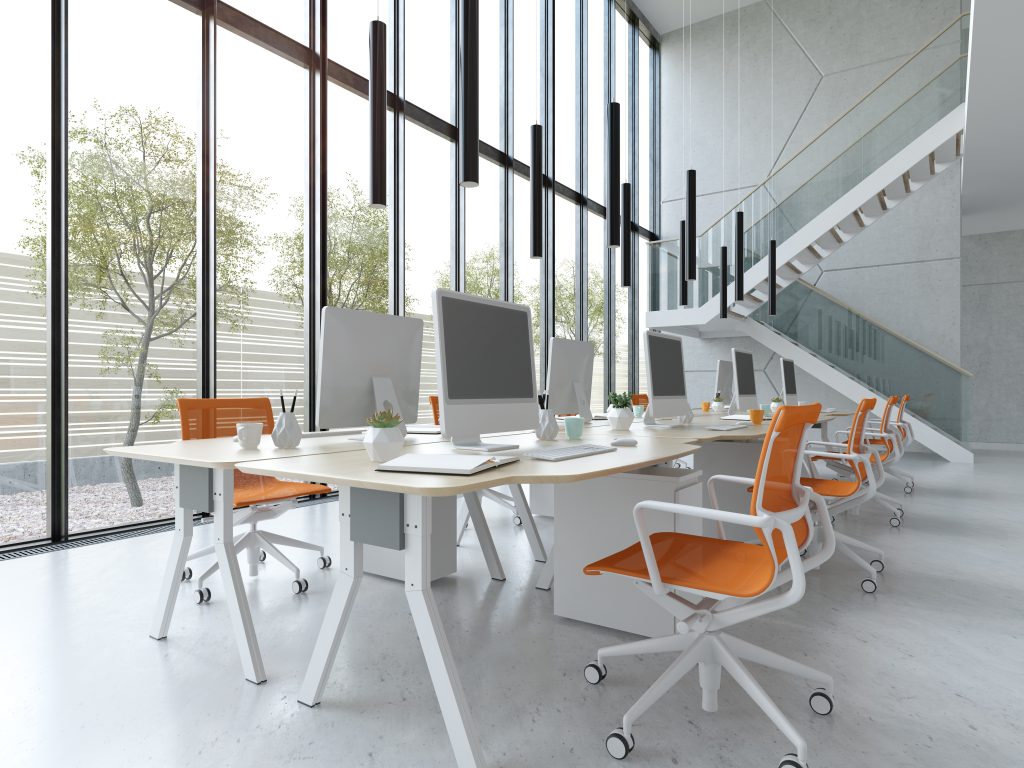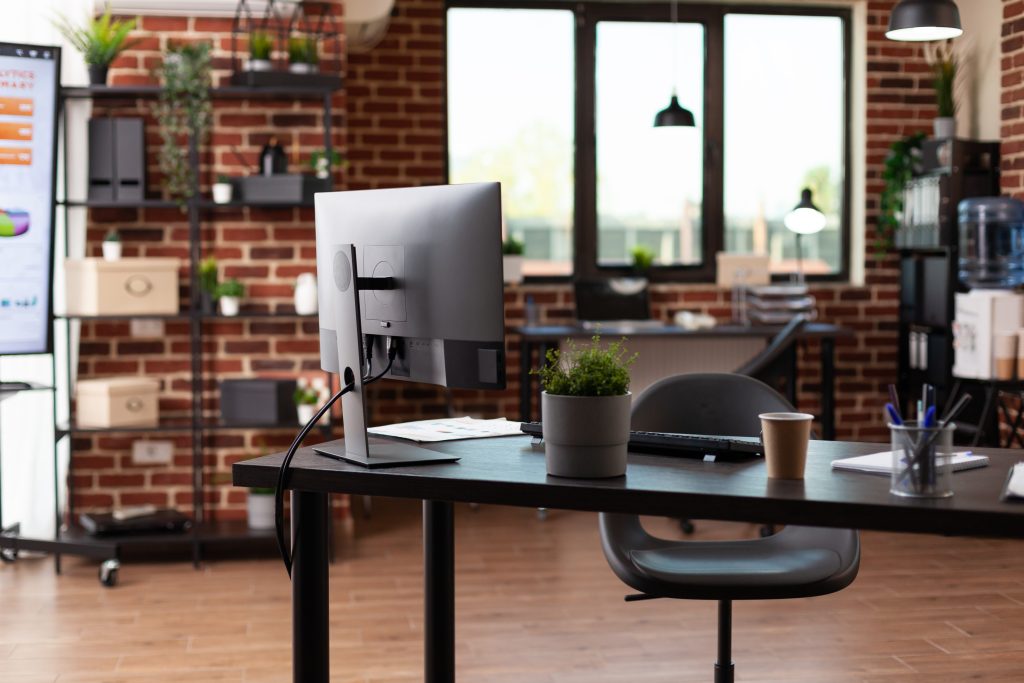In today’s fast-paced business world, the office is more than just a place to work—it’s a space that directly influences productivity, comfort, and employee well-being. The right combination of office furniture and ergonomics can transform a dull workplace into an environment that inspires creativity, reduces fatigue, and supports long-term health.
Why Ergonomics in Office Furniture Matters


Ergonomics is the science of designing furniture and tools to fit the human body, not the other way around. Poorly designed workspaces can lead to back pain, neck strain, eye fatigue, and decreased efficiency. On the other hand, ergonomically optimized office furniture:
- Promotes Good Posture – Supporting the spine and reducing slouching.
- Enhances Comfort – Adjustable chairs and desks cater to individual needs.
- Boosts Productivity – Comfortable employees work better and longer.
- Reduces Health Risks – Prevents repetitive strain injuries and chronic pain.
Essential Ergonomic Office Furniture Pieces


To create a workspace that blends comfort with efficiency, consider these must-have items:
1. Ergonomic Office Chair
- Adjustable seat height, armrests, and lumbar support.
- Breathable mesh or cushioned fabric for all-day comfort.
- A swivel base to reduce strain from repetitive reaching.
2. Sit-Stand Desks
- Allow employees to alternate between sitting and standing.
- Improve circulation and reduce risks associated with prolonged sitting.
- Increasingly popular in modern workplaces.
3. Monitor Stands & Adjustable Arms
- Keep screens at eye level to reduce neck strain.
- Free up desk space and improve posture.


4. Keyboard & Mouse Ergonomics
- Split keyboards and wrist rests prevent carpal tunnel syndrome.
- Ergonomic mice reduce pressure on the wrist and fingers.
5. Supportive Accessories
- Footrests, anti-fatigue mats, and desk organizers enhance comfort and efficiency.
Office Furniture Trends in 2025
Modern workspaces are shifting from rigid, uniform layouts to more flexible, employee-focused designs. Key trends include:
- Flexible Modular Furniture – Easily adjustable layouts for hybrid work environments.
- Sustainable Materials – Eco-friendly desks and chairs made from recycled or renewable resources.
- Minimalist Design – Clean, clutter-free furniture that enhances focus.
- Collaborative Spaces – Open areas with comfortable seating to encourage teamwork.
- Smart Furniture – Desks with built-in charging ports, adjustable height presets, and lighting integration.


Tips for Choosing Ergonomic Office Furniture
- Test Before You Buy – Comfort and adjustability are personal.
- Prioritize Adjustability – Furniture should adapt to different body types.
- Think Long-Term – Quality ergonomic furniture is an investment in health and productivity.
- Balance Style & Functionality – Furniture should look professional while being practical.
- Create Zones – Different furniture setups for focus work, collaboration, and relaxation.
Budget-Friendly Ergonomic Solutions
Even if you can’t redesign your entire office, small ergonomic changes can make a big impact:
- Add lumbar pillows to standard chairs.
- Use monitor risers or even stacked books.
- Encourage employees to take stretch breaks.
- Incorporate affordable standing desk converters.


The future of work isn’t just about technology—it’s about people. By investing in office furniture and ergonomics, companies can create healthier, happier, and more productive work environments. Whether you’re setting up a home office or upgrading a corporate workspace, focusing on comfort, posture, and flexibility will pay dividends in the long run.
Remember: A well-designed office is not just a place to work—it’s a place to thrive.
